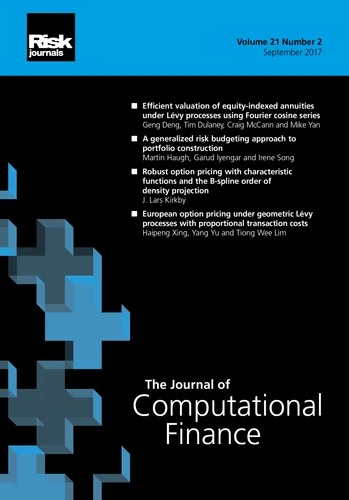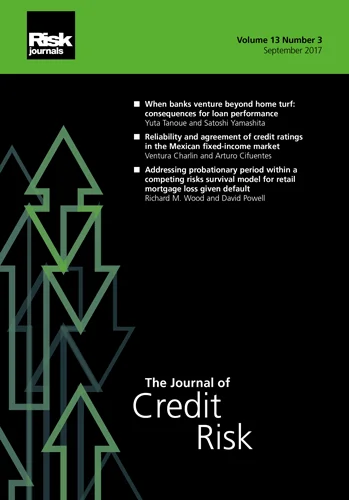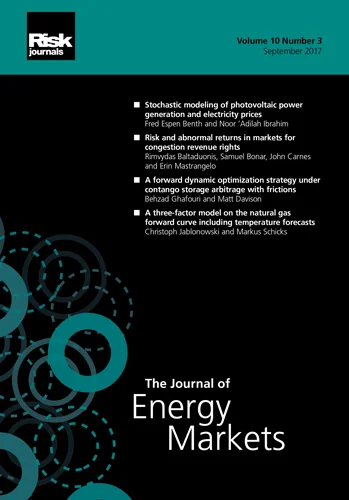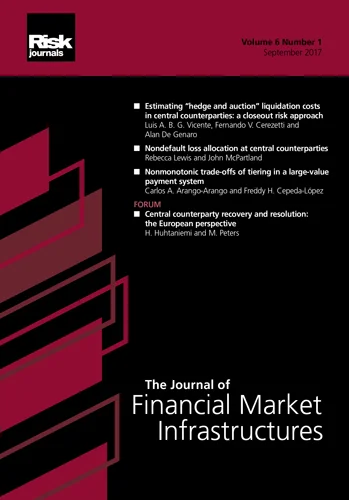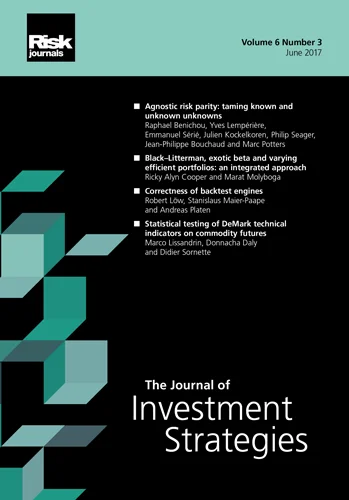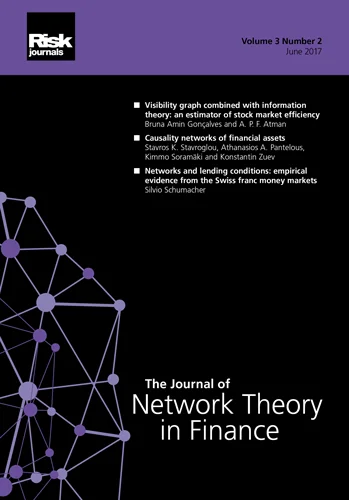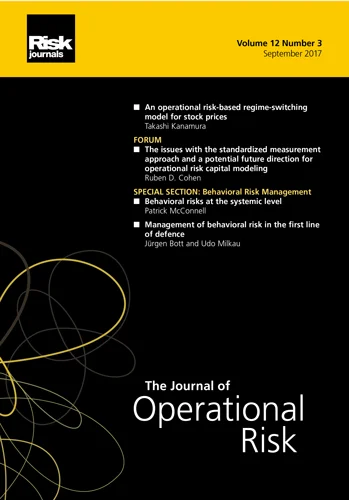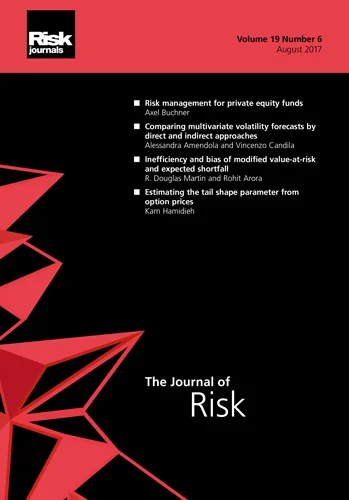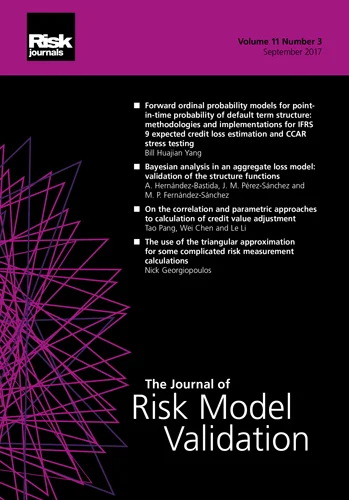Journal of Credit Risk
ISSN:
1744-6619 (print)
1755-9723 (online)
Editor-in-chief: Linda Allen and Jens Hilscher
Volume 12, Number 2 (June 2016)
Editor's Letter
The first paper in this June issue of The Journal of Credit Risk is timely as many banks struggle with the implementation of credit stress testing models. The authors, Jimmy Skoglund and Wei Chen demonstrate how different credit risk models can be efficiently implemented for scenario analysis and stress testing execution with concrete application examples. This paper contributes significantly to the literature, and has both theoretical merits and practical use given the discussions on the efficient implementation of more complex models.
In the issue's second paper, ‘A bond consistent derivative fair value', Johan Gunnesson and Alberto Fernández Muñoz de Morales present a rigorously motivated pricing equation for derivatives. Pointing out to inconsistencies of the FVA approaches recently introduced in derivative pricing, the authors present their own version of FVA based on the argument that pricing should be consistent across bonds and derivatives. In contrast to the FVA approaches currently used by banks in practice, the author's framework is consistent with accounting definition of fair value as exit price.
In ‘The double default value-of-the-firm model' C. Gourieroux and A. Monfort analyse whether the double default treatment under Basel II is appropriate to capture the asymmetric relationship between an obligor and its guarantor. The authors focus their discussion on whether such an approach is appropriate to capture the asymmetric relationship between an obligor and its guarantor.
The final paper in this issue, ‘Fitting a distribution to value-at-risk and expected shortfall, with an application to covered bonds' by Dirk Tasche suggests simple and intuitive models for covered bonds that allow quantitative assessment of expected loss and the impact of asset encumbrance. Building on the work of Yang (2015), the authors makes substantial improvements to the Chan-Lau and Oura model by allowing different characteristics between the cover pool and the rest of the assets of the firm.
Papers in this issue
Fitting a distribution to value-at-risk and expected shortfall, with an application to covered bonds
This paper suggests simple and intuitive models for covered bonds that allow quantitative assessment of expected loss and the impact of asset encumbrance.
The double default value-of-the-firm model
This paper analyses whether the double default treatment under Basel II is appropriate to capture the asymmetric relationship between an obligor and its guarantor.
A bond consistent derivative fair value
This paper presents a rigorously motivated pricing equation for derivatives.
The application of credit risk models to macroeconomic scenario analysis and stress testing
The authors demonstrate how different credit risk models can be efficiently implemented for scenario analysis and stress testing execution with concrete application examples.
